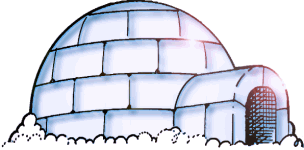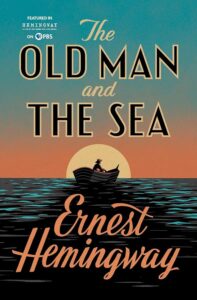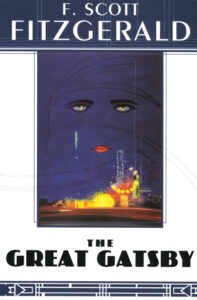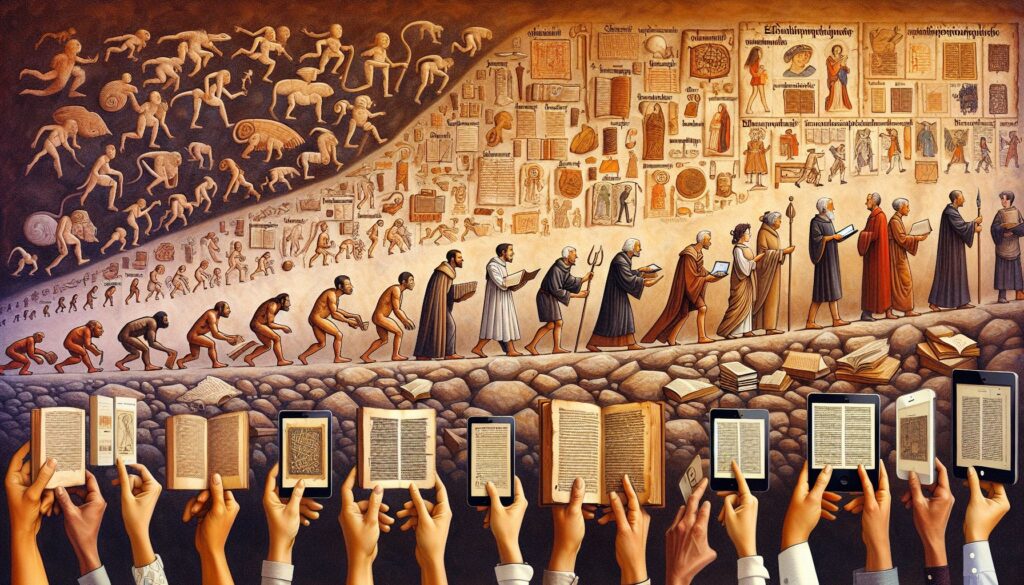Web design, much like literature, is an art form that communicates ideas, evokes emotions, and creates experiences. By drawing parallels between the timeless themes found in classic literature and modern web design principles, we can gain a deeper understanding and appreciation for the art of creating compelling websites. If you need assistance with Web Design in Redding, CA, contact these professionals; they will undoubtedly assist you!
1. Simplicity: “The Old Man and the Sea” by Ernest Hemingway
Ernest Hemingway’s “The Old Man and the Sea” is renowned for its simplicity in language and narrative style. This mirrors a fundamental principle in web design: simplicity. Just as Hemingway’s concise prose conveys complex emotions and ideas, effective web design should be straightforward, uncluttered, and intuitive, focusing on essential elements and avoiding unnecessary complexity.
2. Balance: “Pride and Prejudice” by Jane Austen
Jane Austen’s “Pride and Prejudice” exemplifies balance through its plot and character development. In web design, balance refers to the equal distribution of visual weight, be it color, size, or texture. A well-balanced website, like a well-balanced narrative, is aesthetically pleasing and easy to navigate.
3. Contrast: “Dracula” by Bram Stoker
“Dracula” by Bram Stoker thrives on contrasts: good versus evil, light versus dark. In web design, contrast is used to draw attention, create focus, and enhance readability. Just as Stoker’s contrasting themes heighten the novel’s drama, contrasting elements in design (like color, typography, and spacing) can significantly enhance user experience.
4. Consistency: “Sherlock Holmes” Series by Arthur Conan Doyle
The “Sherlock Holmes” series maintains a consistent theme, style, and character development throughout. This is akin to the consistency principle in web design, where maintaining a consistent layout, typography, and color scheme creates a cohesive and predictable user experience.
5. Hierarchy: “The Great Gatsby” by F. Scott Fitzgerald
In “The Great Gatsby,” F. Scott Fitzgerald effectively uses narrative hierarchy to guide the reader through the story, emphasizing key events and characters. Similarly, in web design, visual hierarchy helps guide the user’s attention to the most important information first, using tools like size, color, and layout.
6. Unity: “To Kill a Mockingbird” by Harper Lee
Harper Lee’s “To Kill a Mockingbird” presents a unified theme of moral growth and social injustice. Unity in web design refers to the harmony of all elements working together to create a coherent whole. A unified design ensures all parts of the website are integrated and contribute to a singular user experience.
7. Emphasis: “1984” by George Orwell
George Orwell’s “1984” masterfully emphasizes its dystopian themes, leaving a lasting impact on the reader. In web design, emphasis is used to draw attention to key elements, ensuring they are noticed and remembered. Strategic use of emphasis can make critical information or calls to action stand out.
8. Rhythm: “The Raven” by Edgar Allan Poe
“The Raven” by Edgar Allan Poe uses rhythmic patterns to create a mesmerizing atmosphere. This concept is mirrored in web design through repetitive patterns that create visual rhythm, making the site more engaging and easier to navigate.
By taking inspiration from these literary classics, web designers can craft websites that not only function efficiently but also resonate deeply with their audience, much like a timeless work of literature.






